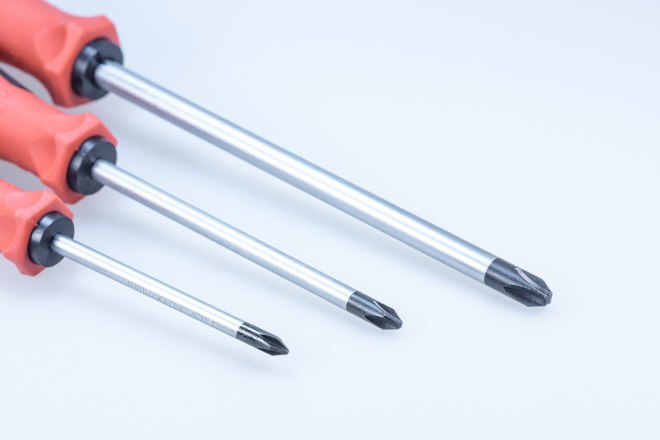5 Tools Every DIY Woodworker Needs in Their Tool Box
Woodworking is a true art that involves skill, patience, and knowledge about what type of wood to select. While it’s not an easy craft, it’s very rewarding and fascinating. The things you can make with your two hands, a piece of wood, and some tools are countless. If you’re a seasoned woodworker, you’ll know by now you need a few tools and machines for sculpting and polishing.
Besides the obvious tools that come to mind when we think about woodworking (a claw, hammer, tape measure, wood carving knives, and a sliding bevel), there are other tools that are indispensable for any woodworkers just starting their journey.
(1) The Circular Saw
A vital tool in fine woodworking, circular saws are extremely versatile and can be of use for various household chores, besides DIY woodworking and carpentry. If you use a straight edge clamp-on, you’ll transform the circular saw into a table saw that is ready to cut plywood or fiberboard. Circular saws are the best investments for DIY woodworkers who are just starting up because this tool can double as a regular saw and help out whenever you’re in a pinch.


It’s a lot easier to use two saw horses and a circular saw if you want to cut MDF or plywood rather than stick to the table saw, which is uncomfortable and time consuming. There is a variety of blades for your saws to choose from. Some research on the types of blades will help you know what you have to use for each type of situation. However, if you don’t manage to cut through the wood, factor in the moisture content level that might be making your wood split, crack or feather when you’re cutting it.
(2) The Chisel
A must have for any wood carver, the chisel is the perfect tool for cleaning out saw cuts and joints. Unlike the circular saw, the chisel isn’t a tool you can use for various jobs. Any DIY woodworker will need sundry chisel sizes, varying from a fourth of an inch to a third of an inch and one inch. These are suitable for mortise work and door hinges.


One and half inch chisels are only used for chipping out. Generally, chisels have bevels on their two sides, which are set at 35 degrees. Blade lengths vary and can be anywhere between 4 inches and 7 inches. When you’re choosing a chisel or a starter kit, make sure you pay attention to the handle and the grip. If you can’t hold the chisel properly, you won’t be able to use the tool.
(3) The Screwdriver
Agree or Disagree: Screwdrivers are a woodworkers’ best friend? According to their purpose, they come in different shapes and sizes. The only rule of thumb when choosing a set or kit of screwdrivers is to pay attention to the build. Most screwdrivers are made out of cheap materials that are bound to break down at the first use. Screwdrivers are supposed to be sturdy and be able to take a lot of pressure.


Square blades are perfect because they offer a lot of torque. Small and medium slot screwdrivers are ideal for working in small and tight places, such as kitchen cabinets or wardrobe shelves. You can also buy special thin shank screwdrivers or a ratcheting screwdriver. The latter is extremely versatile, perfect for high torque applications and most models come with a removable bar than can also be used in power drills.
(4) The Level
A couple of levels are essential for any woodworker, whether you're just starting up or if you already have some experience under your belt. The most versatile level length is 48 inches and will help out in most woodworking projects. If you have a generous budget, you can also invest in an 8-inch level.


These tools enable you to check the level and plum of your project at a glance. When the bubble is between the lines, you know you have a perfect surface. You’ll also find string and laser levels on the market, however bubble levels are the most used by woodworkers and carpenters.
(5) The Work Bench
Despite the fact that this is not really a hand tool, we thought the workbench had to make it in the list. Most novices dismiss it and think it’s easy to replace it with anything else. But the workbench has some advantages that can’t be replaced by a regular table. The bench should be stable and sturdy, with some models nowadays even having extra advantages like portability.


Double-sided workbenches are ideal if you can spare the room because they offer plenty of space for two working people. Workbenches are best placed in the center of the room, which offers wood workers access from every side and keeps walls from getting covered in dirt and other materials.
Tell Us: What's the one tool you think every woodworker needs in their tool box or shop?




